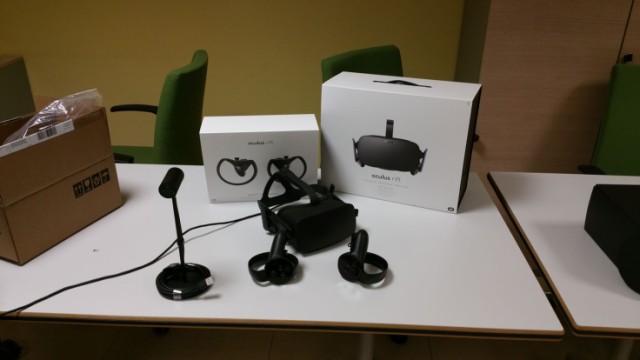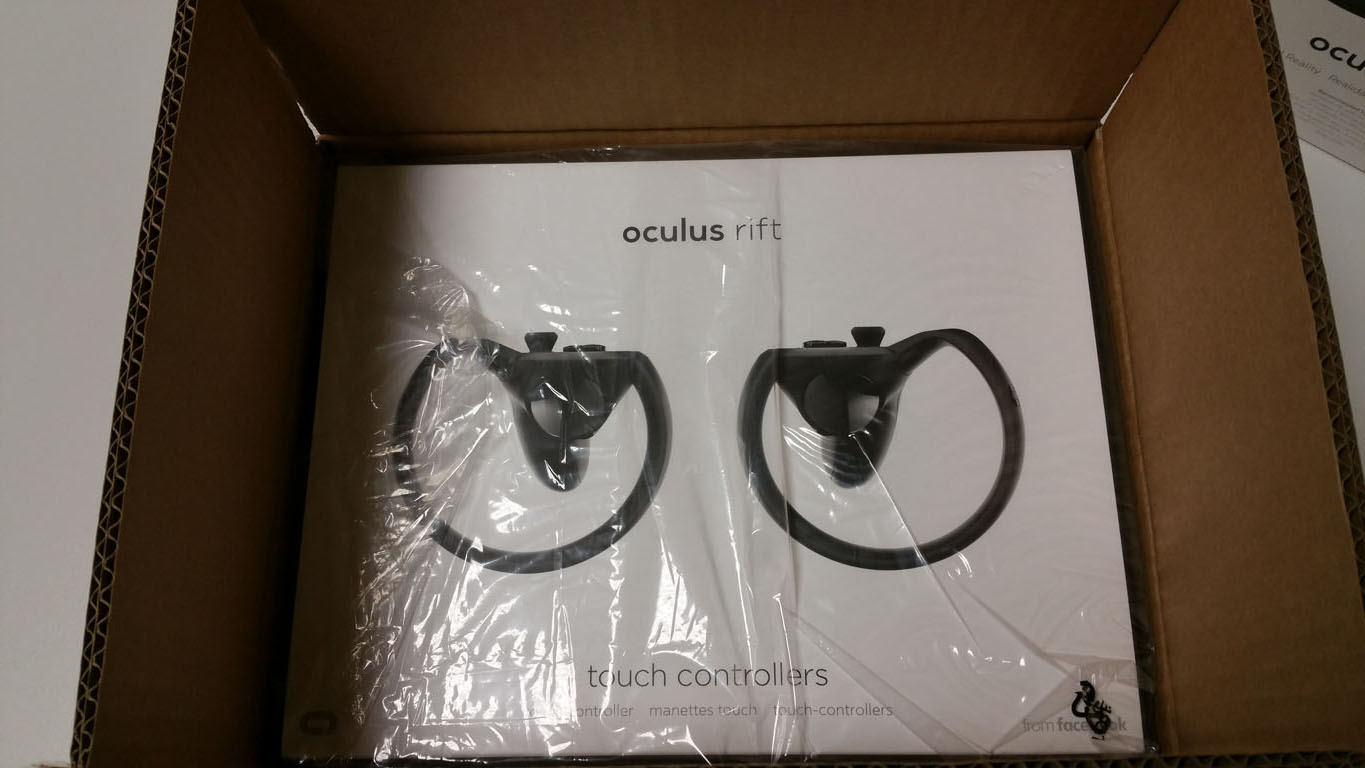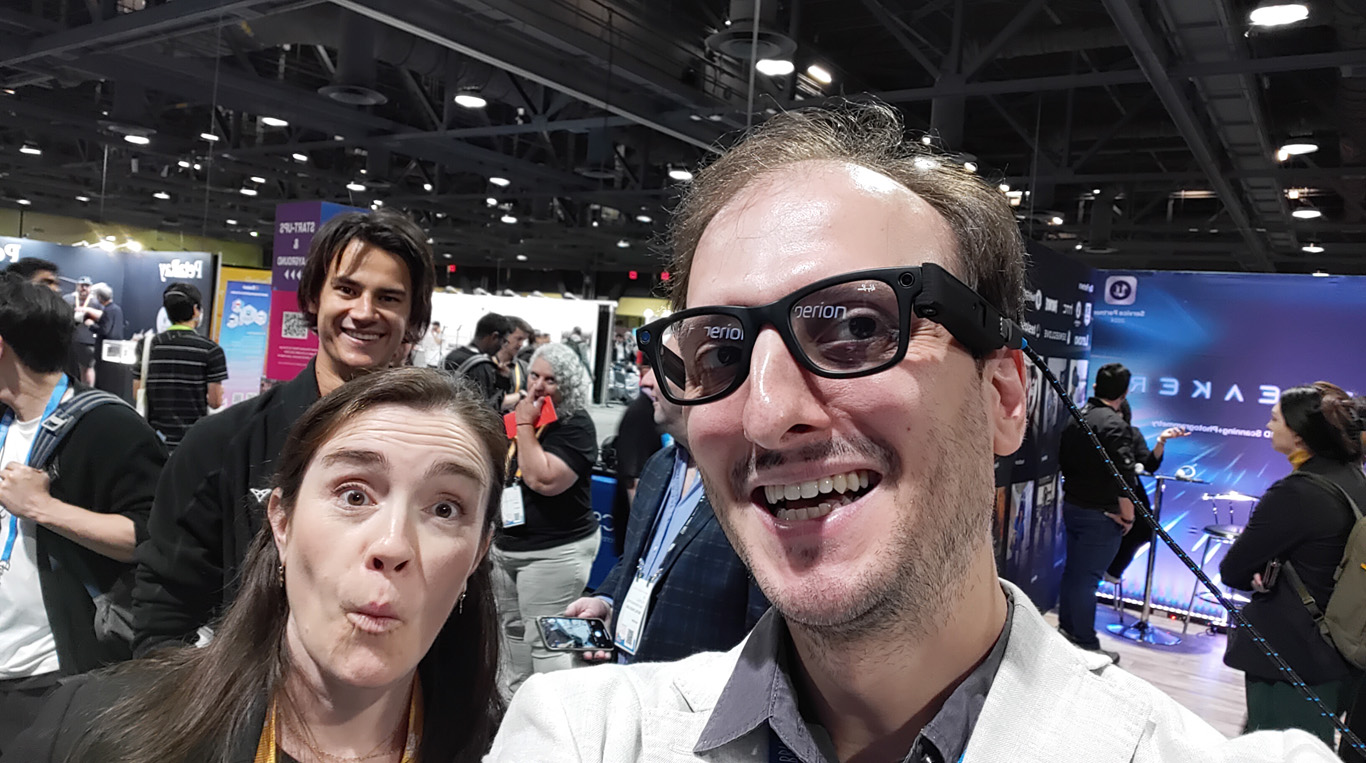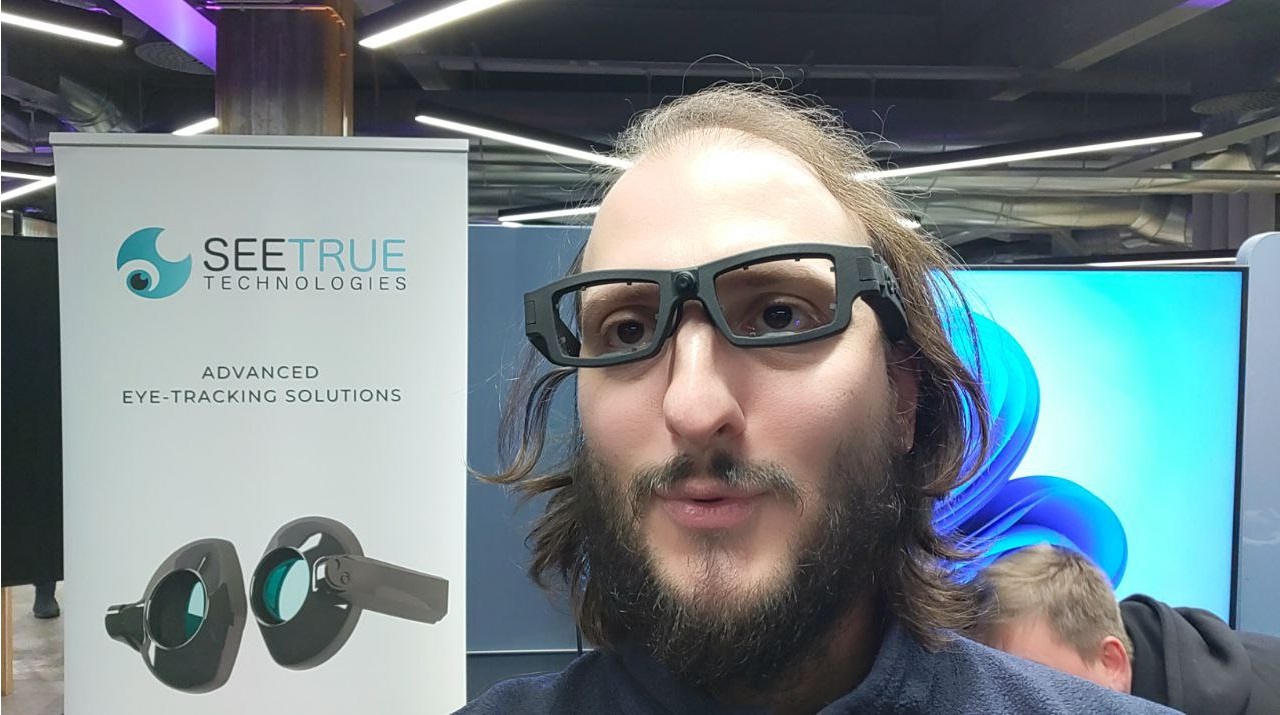Oculus Touch tracking problems… it’s all USB fault? And will they be fixed?
Since their announcement, Oculus Touch have gathered lots of attentions and positive reviews. I’ve tried them and reviewed them (here and here, and even talked about their SDK here) and I agree that they’re great.
But lots of users are having lots of issues: unstable tracking, room scale not working and so on. It seems that Oculus answer to Vive room-scale has not been that good. I and lots of other users have not had any issues, but on reddit every day tons of users say that they’re having problems: Touch drifting, losing tracking… this kind of stuff.
That’s the reason why in the VR community almost everyone agrees the fact that Vive room-scale is better: it is stable, requires only two cameras (and not a constellation of 3-4 cameras) and it is now completely opened to new uses thanks to the release of the Vive Tracker. It suffers more from Kinect interference and this is bad for us of Immotionar, but this seems the only true issue.
But let’s get back to Oculus: how has this been possible? Will this be fixed by Oculus? Are there solutions or workarounds for these problems?
I’ll try to answer all these questions:
How has this been possible?
I guess that Oculus people have tried the room scale tracking only in certain test conditions and they have seen that in these conditions it worked and so released it. But when you give such an experimental product to be tried by people at home, you face such different configurations that something can get broken. Maybe they’ve tested it only in safe rooms with super-VR-ready PCs and everything seemed to work fine… until some people started complaining. Maybe bad environment situations (lighting, interferences, etc…) or bad PCs (not-powerful enough, with a bad USB3 controller, etc…) kill the Oculus tracking and everything goes towards a catastrophic end.
I think that it’s really an unforgivable error by Oculus: a company that plans to rule the VR world, that is supported by an enormous company like Facebook, should not make similar errors. They’ve written everywhere that their room-scale-tracking is “experimental”, but I hoped that it was like Gmail BETA (has been in beta for years and I never had a single problem!). They released controllers way after Vive, saying that they wanted to release something super-functional… but the delay has not been enough, it seems.
Will this be fixed by Oculus?
Of course. If Oculus wants to have chances to win against Vive, it can’t let all these unsatisfied people complain on social media. They have already announced an update for the end of January that should fix lots of this errors. January is almost finished… so, we have just to wait and see. I guess that they’ll try to their best to fix all of this.
The problem is if part of these issues are hardware based. If this is the case, not all people having problems will have them solved and this can be really bad for Faceculus. I hope not, because the best for the VR ecosystem would be that Oculus satisfies all its users: we’ll see.

Are there solutions or workarounds for these problems?
Reading on reddit, someone has managed to solve (or diminish) these issues, by:
- Changing cameras positions and orientations;
- Don’t letting the sunlight enter the room: we all know that sun light interferes with IR cameras (that’s why on summer Kinect gets crazy). Reducing IR sources interferences can solve the problems;
- Switching between USB-2 and USB-3 ports;
- Changing cameras number: someone had lots of issues with 3 cameras, while everything worked like a charm with 2;
- Using a powered USB hub. This is a solution proposed by a guy on reddit (eh, the lovely reddit) and that seems to work for some people
Latest 3 solutions made my friend Gianni suppose one thing: are there some issues with USB controllers? We work with Kinect and even Kinect employs lots of USB bandwith and if USB controller is not powerful enough, it can get crazy. 2 cameras could be better because there are less data stressing the USB controller and the USB powered hub can help a lot in handling all the required power and stuff for all USB devices. This can be a serious possibility. But if this is the case, this is a hardware issue… so, how Oculus plans on solving this? (compressing USB data maybe?)
We’ll see… in the meantime I would like to hear your opinion in the comments!
UPDATE: Oculus has just published a post about how to make an awesome room-scale room (doesn’t give great advices in my opinion) and a redditor just wrote a bunch of possible things to fix if your tracking doesn’t work! (this last one is very valuable, instead)
UPDATE 2: In a new Oculus post, we can actually see how USB controllers are one of the issues… Gianni wasn’t wrong after all!
Disclaimer: this blog contains advertisement and affiliate links to sustain itself. If you click on an affiliate link, I'll be very happy because I'll earn a small commission on your purchase. You can find my boring full disclosure here.



